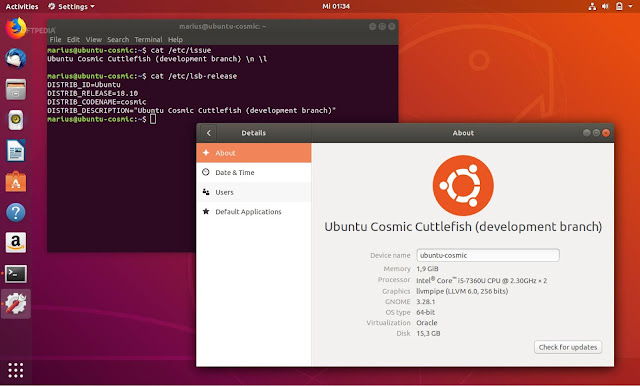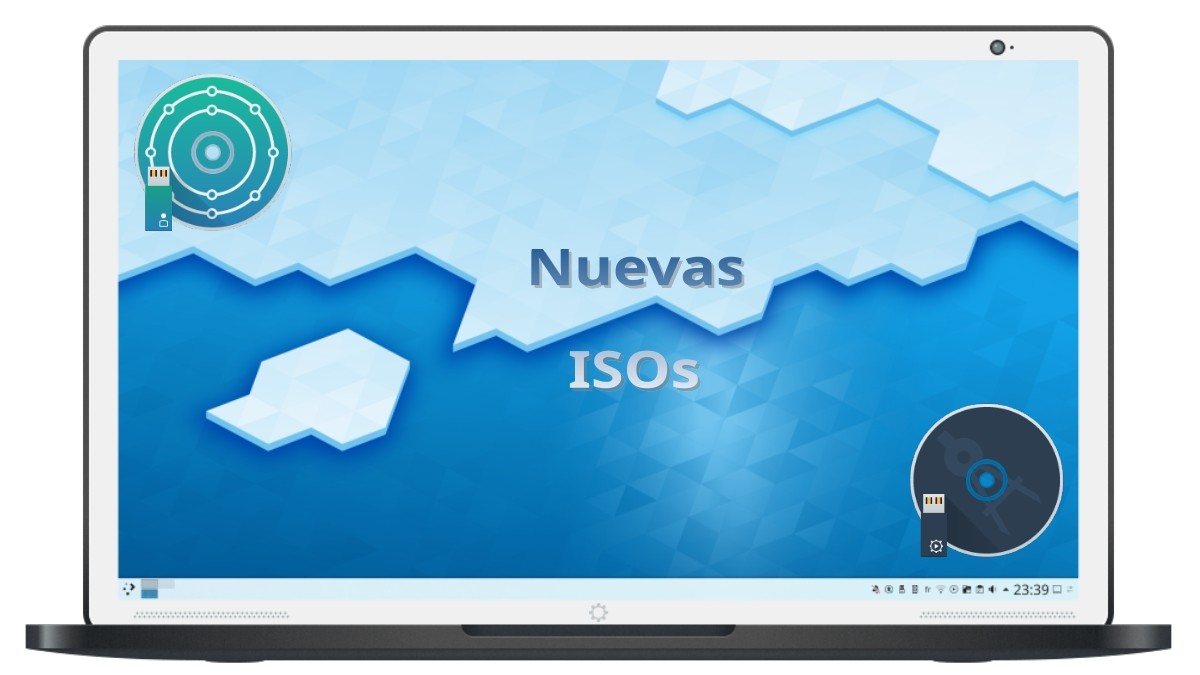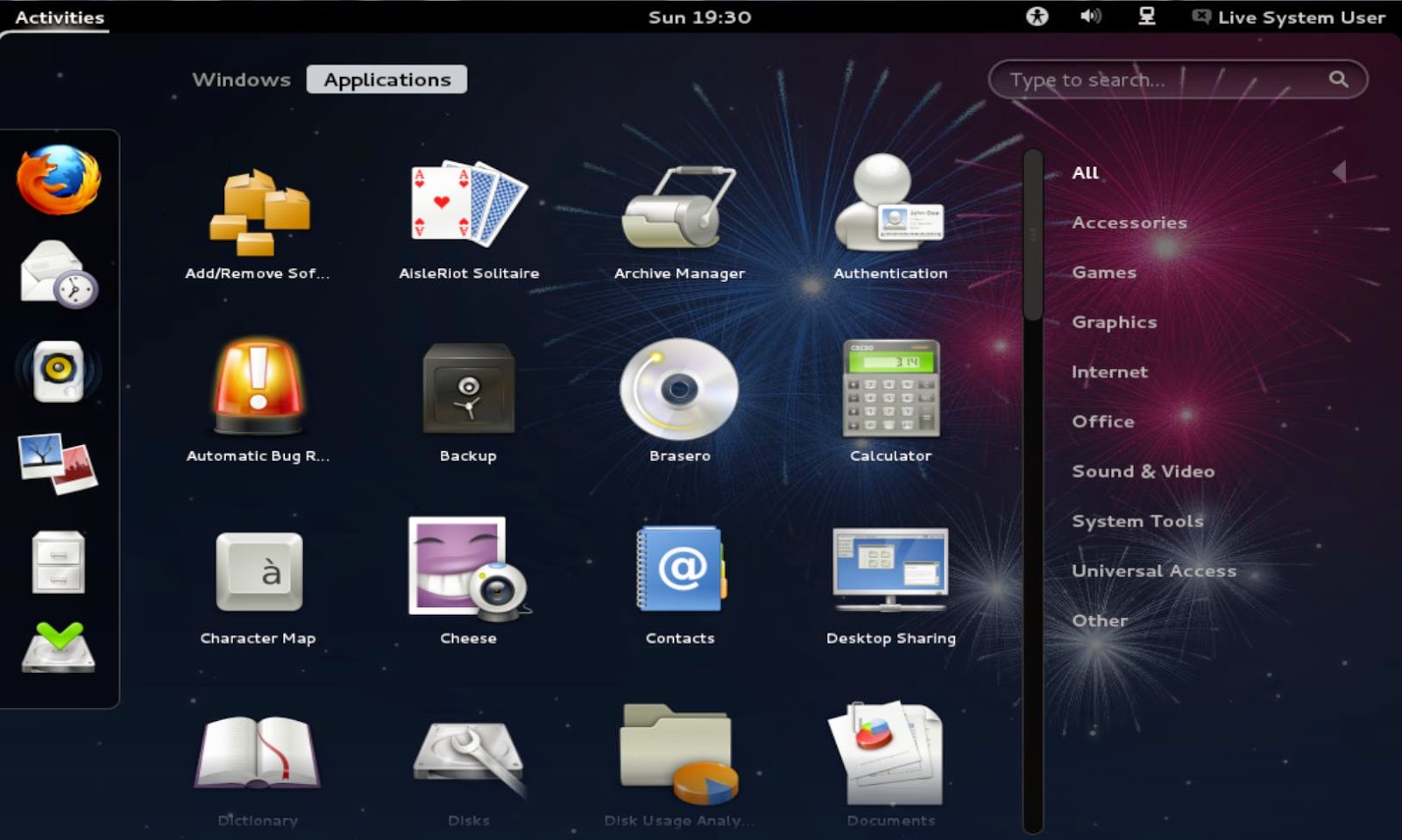

One of the original goals we set when we first started working on the project was to keep the system requirements low in order to offer the best possible performance to the widest variety of hardware. Peppermint has “very modest” system requirements.


Some computers give you multiple options including full setup and a designated boot manager, which is ideal for this sort of work. Very rarely does the BIOS screen not tell you what it is. What we want to do is to change the device that the computer is going to boot into as most systems will select the installed hard drive as their first choice. Generally this is the part where you see the computer manufacturer’s logo (or the motherboard manufacturer’s logo if you assembled the machine yourself) along with a few other things such as “F2, F7 or Del to Enter Setup” depending on the manufacturer. When you first power a computer on, you should see a BIOS screen. When compared to a DVD, bootable USB flash drives are significantly faster for live desktop performance and install time. Most modern computers can boot from a USB flash drive and this is the method that we most strongly recommend. Most commonly the installation medium consists of either an optical disk such as a DVD, or USB flash drive. The next step is to take the disk image and write it to some form of external media so that you can boot the computer into that media and then install the operating system. $ sha512sum PeppermintOS-Devuan_32.iso Example: Verifying the integrity of the installer. How to verify the integrity of the installer $ sha512sum PeppermintOS-amd64.iso iso files, which are commonly referred to as “disk images.” Naturally the first thing you’ll need to do in order to get up and running is to download the image.


 0 kommentar(er)
0 kommentar(er)
